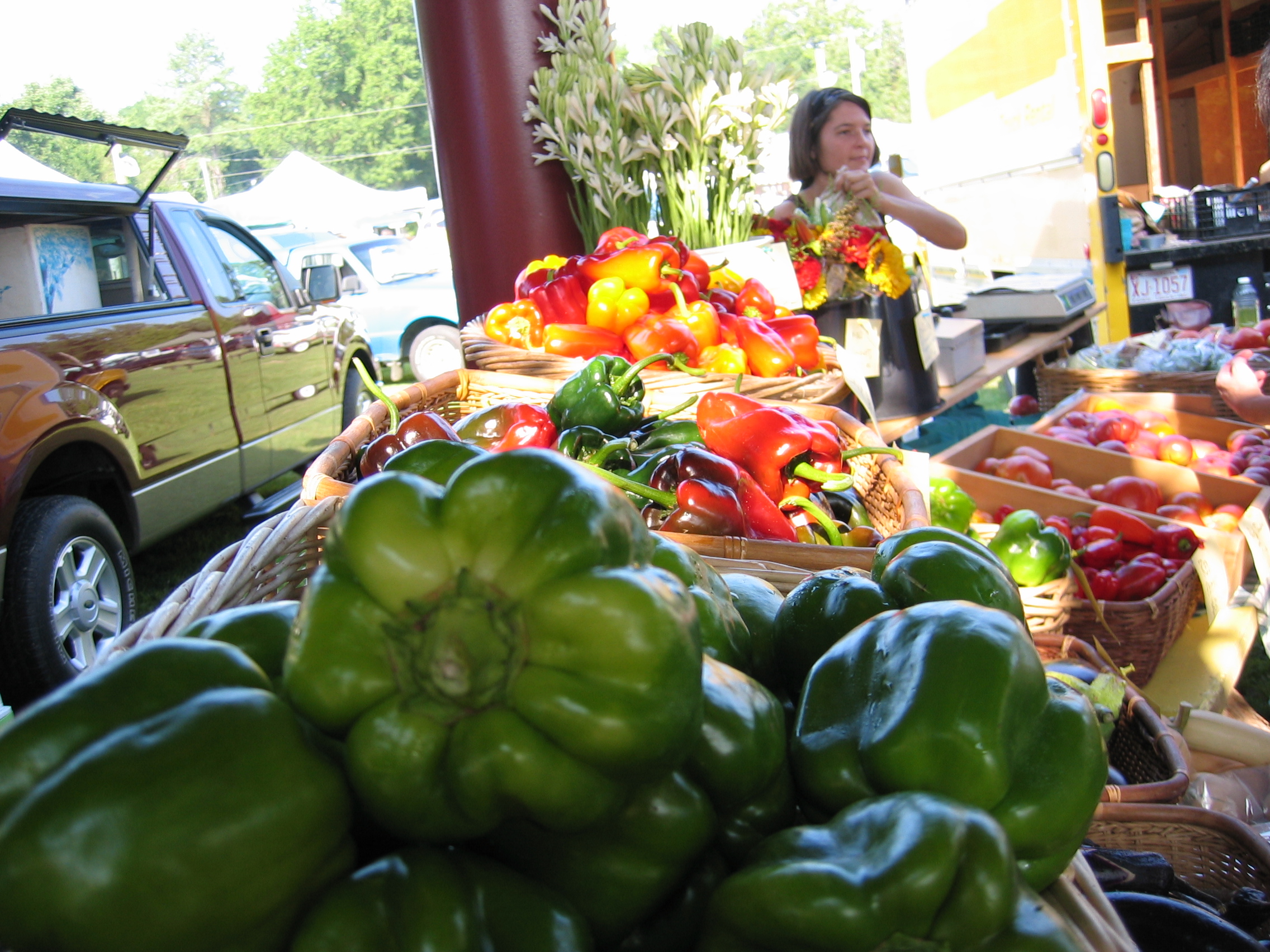When You Buy LOCALLY-PRODUCED Foods, You…
Buy Fresher, More Nutritious Foods
Locally grown fruits and vegetables are usually harvested within 24 hours of being purchased by the consumer. Produce picked at the height of freshness tastes better. Because locally grown produce is freshest, it is more nutritionally complete. Nutritional value declines, often dramatically, as time passes after harvest.
Reduce Energy Consumption
Locally produced foods do not require significant transportation or storage, both of which are very energy-intensive and pollute our air and water.
Increase Regional Economic Health
Buying locally grown foods keeps money within the community. This contributes to the health of all sectors of the local economy, increasing the local quality of life.
Encourage a Self-Sufficient Community
A community that produces its own food enables people to influence how their food is grown. In addition, it reduces reliance on far-off food producers, thus stabilizing its own food supply.
Help Preserve Biodiversity
Farmers selling locally are not limited to the few varieties that are bred for long distance shipping, high yields, and shelf life. Often they raise and sell wonderful heirloom varieties that may be hard to find in supermarkets.
Preserve the Rural Character of the Land
Supporting local farmers means maintaining local farmland. Local consumers can serve as the lifeline for local farmers because they create direct marketing opportunities where sellers can receive fair prices for their crops.
Avoid Post-harvest Contamination
Foods sold in local markets without the need for extensive storage and transportation will likely contain minimal or no waxes and/or fungicides applied to protect the product after harvest.



